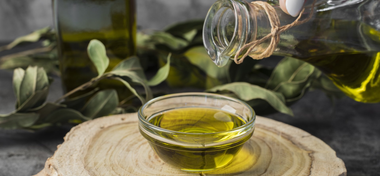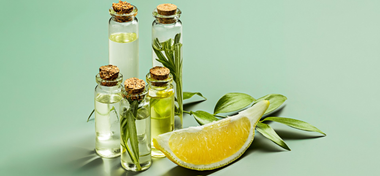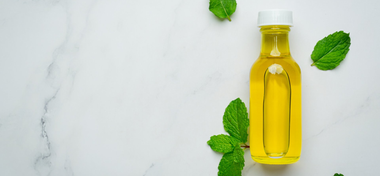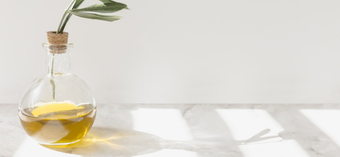Fatty Acid
Fatty Acid
Fatty Acids
- Fatty acids are comprised of hydrocarbon chains terminating with carboxylic acid groups.
- They are long chains of lipid-carboxylic acid found in fats and oils in cell membranes as a component of phospholipids and glycolipids.
- They are mainly used in the production of soap, both for cosmetic purposes and in the case of metallic soaps, as lubricants.
Caprylic Capric Acid (C8-10)
- Caprylic capric acid is mixture of octanoic and decanoic short-chain fatty acids made entirely from vegetable oil sources.
- It is a chemical intermediate and lubricant, a solubilizer for mineral oils and a flotation aid frequently used in the oil and gas industry.
- Thicken cosmetic formulations and provides a slipperiness, which in turn allows for the easy spread ability of solutions and a smooth after-touch.
Lauric Acid (C12)
- Dodecanoic Acid is a straight-chain, twelve carbon medium-chain saturated fatty acid with strong bactericidal properties the main fatty acid in coconut oil and palm kernel oil.
- It is used as an intermediate and surface active agent in an industry such as cleaning, furnishing and production of personal care products.
- In pharmaceutical, lauric acid is known to increase total serum cholesterol more than many of the other fatty acids.
Myristic Acid (C14)
- Tetradecanoic acid is a straight-chain, fourteen-carbon, long-chain saturated fatty acid and mostly found naturally in palm oil.
- Used primarily as a surfactant, cleansing and thickening agent.
- Applications in all kinds of personal care products including soaps, cleansing creams, lotions, hair conditioners, shaving products.
Oleic Acid (C18’)
- Oleic acid is a fatty acid that occurs naturally in various vegetable oils.
- It is used commercially in the preparation of oleates and lotions, and as a pharmaceutical solvent.
- It is among the more stable fatty acids, and has a unique ability to preserve the effectiveness of more delicate ingredients such as antioxidants by protecting them from light and air degradation.

CONTACT
+603-3163 1686
Lot 14321, Jalan Perusahaan 24,
Kampung Idaman, 42000 Port Klang,
Selangor D.E., Malaysia.
QUICK LINKS
© 2025
All Rights Reserved | Orion Chemique Sdn Bhd
Designed by Trinity42
© Copyright ORIONCHEMIQUE. 2021 All rights reserved.
Designed by PanPages TRINITY Sdn Bhd





